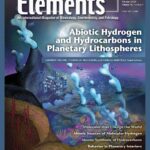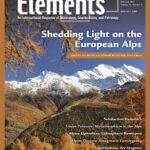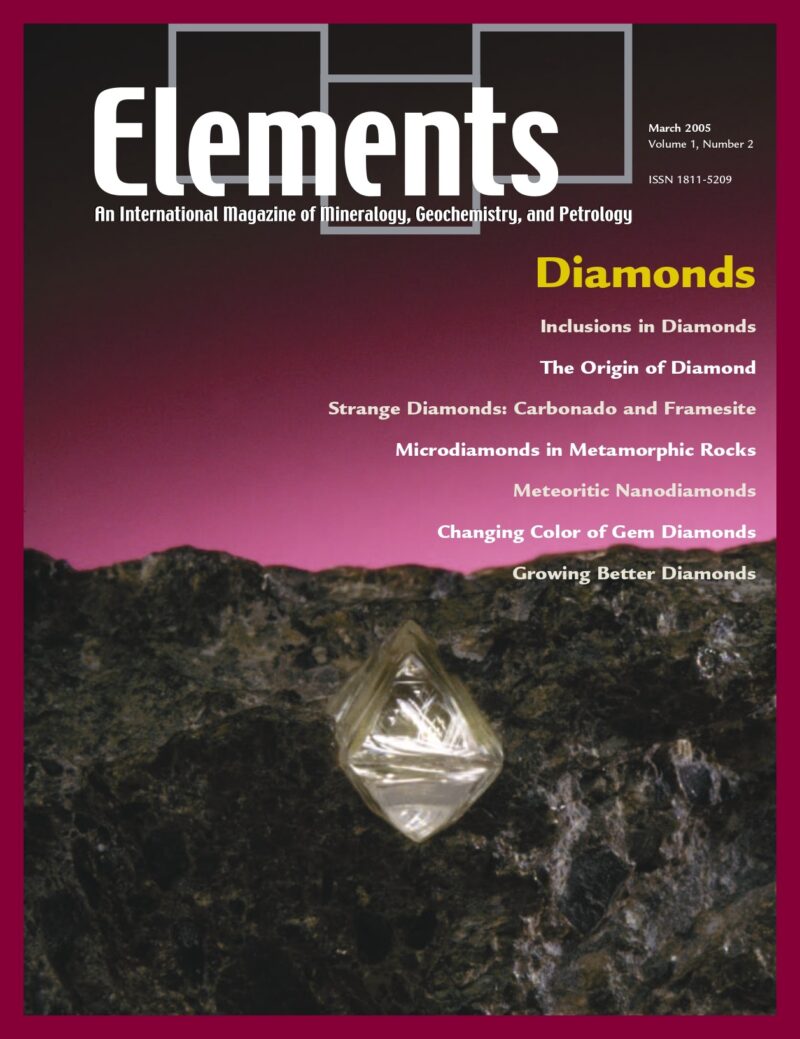
Abiotic Hydrogen And Hydrocarbons In Planetary Lithospheres, February 2020, Vol. 16, No. 1
June 28, 2024
Shedding Light On The European Alps, February 2021, Vol. 17, No. 1
June 28, 2024Noble Gas Thermochronology, October 2020, Vol. 16, No. 5
$20.00
Noble-gas thermochronology takes advantage of the time-dependent production of noble gases and the thermally activated diffusion of these gases to constrain the temperature histories of minerals found in crustal rocks. Thermochronology has become widely used to address research questions across Earth and planetary science.
Noble Gas Thermochronology
October 2020, Vol. 16, No. 5
Noble-gas thermochronology takes advantage of the time-dependent production of noble gases and the thermally activated diffusion of these gases to constrain the temperature histories of minerals found in crustal rocks. Thermochronology has become widely used to address research questions across Earth and planetary science. These questions include when and how valleys are cut by glaciers; from where sediment is sourced; what thermal conditions occur on fault planes during slip; and how the surfaces of planetary bodies evolve on billion-year timescales. This issue highlights how noble-gas thermochronology can be used to address questions like these, as well as what new avenues of research noble-gas thermochronology could be used for in the future.
Why You’ll Love Elements Magazine:
- Expert Contributors: Articles written by renowned researchers in the field of geoscience.
- Engaging Content: Join a community of readers who are passionate about Elements.
- Exceptional Quality: Each issue is printed on high-quality paper with stunning visuals and detailed illustrations that bring complex scientific concepts to life.
Order your copy of the October 2020 issue of Elements magazine today and delve into noble gas thermochronology.
Related products
-
Supervolcanoes, February 2008, Vol. 4, No. 1
$20.00Explosive super-eruptions from large volume, shallow magma systems lead to enormous and devastating pyroclastic flows, the formation of gigantic collapse calderas, and deposition of volcanic ash over continent-sized areas. Recognition that future eruptions from these “supervolcanoes” will undoubtedly have severe impacts on society—and perhaps on life itself—has led to recent public and media interest.
-
Zircon – Tiny But Timely, February 2007, Vol. 3, No. 1
$20.00Where would Earth science be without zircon? As Earth’s timekeeper, zircon has proven to be a remarkable and versatile mineral, providing insights into deep time and ancient Earth processes. However, there is still much to learn about Earth’s history from zircon and its behaviour.
-
Diamonds, March 2005, Vol. 1, No. 2
$20.00Diamond, the fascinating ultrahard mineral, is the focus of considerable interest and scientific research. Recent advances particularly relevant to geoscientists include: diamond as a recorder of Earth processes from the perspective of inclusions, chemistry, and conditions of formation; synthesis for research applications and processing to modify color and physical properties, important to diamond gems and anvils; the implications of nanodiamonds from meteorites.




